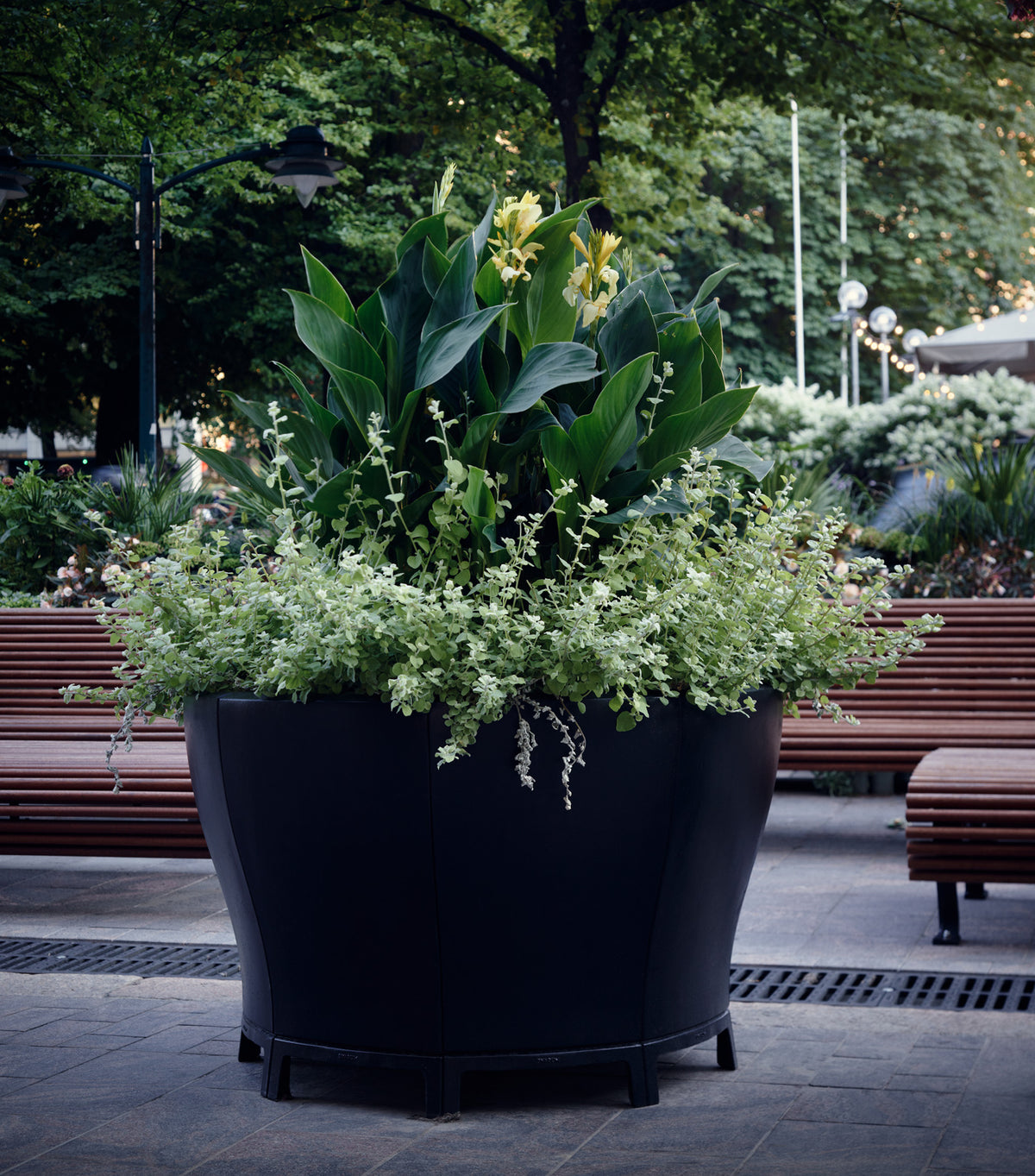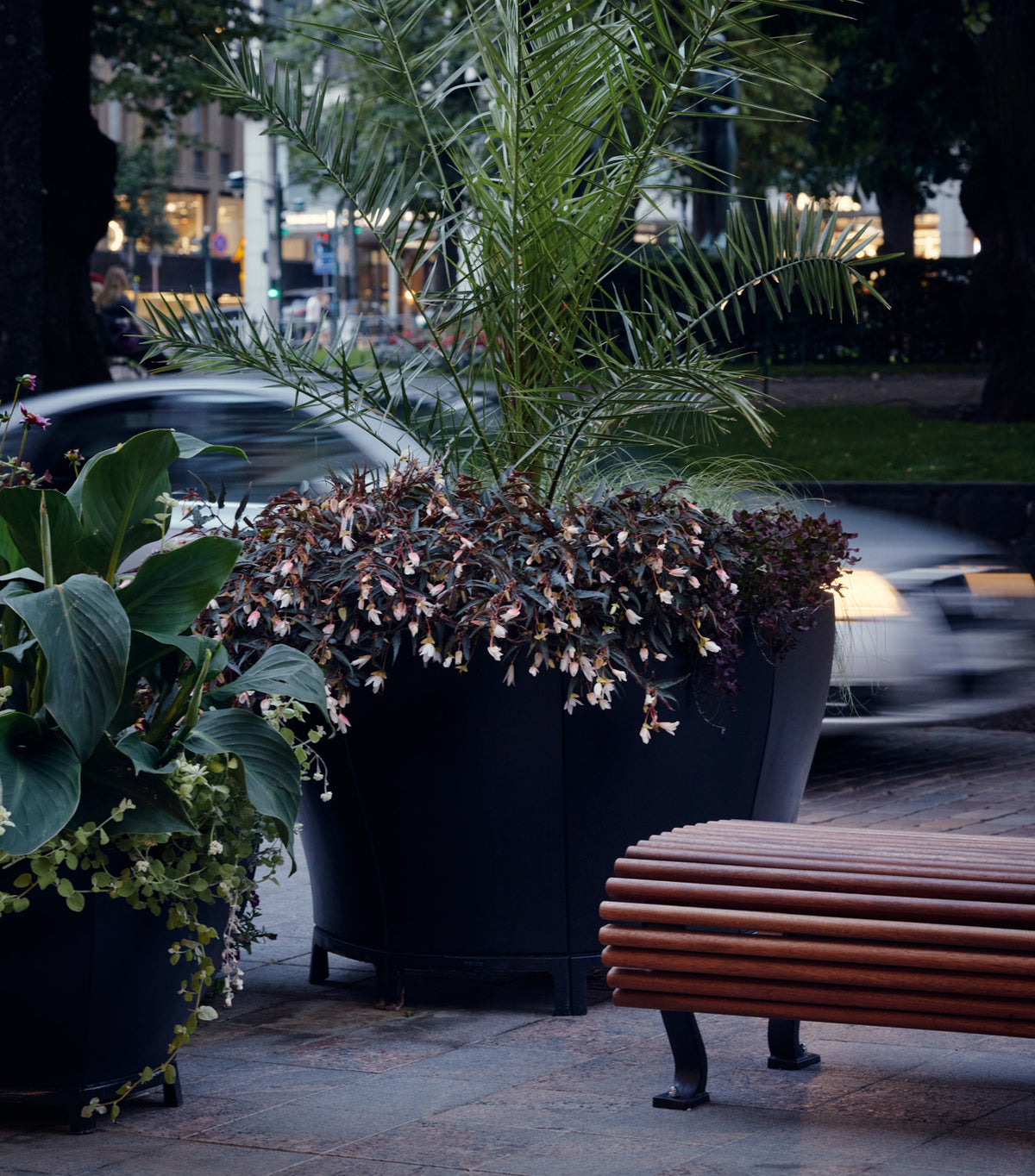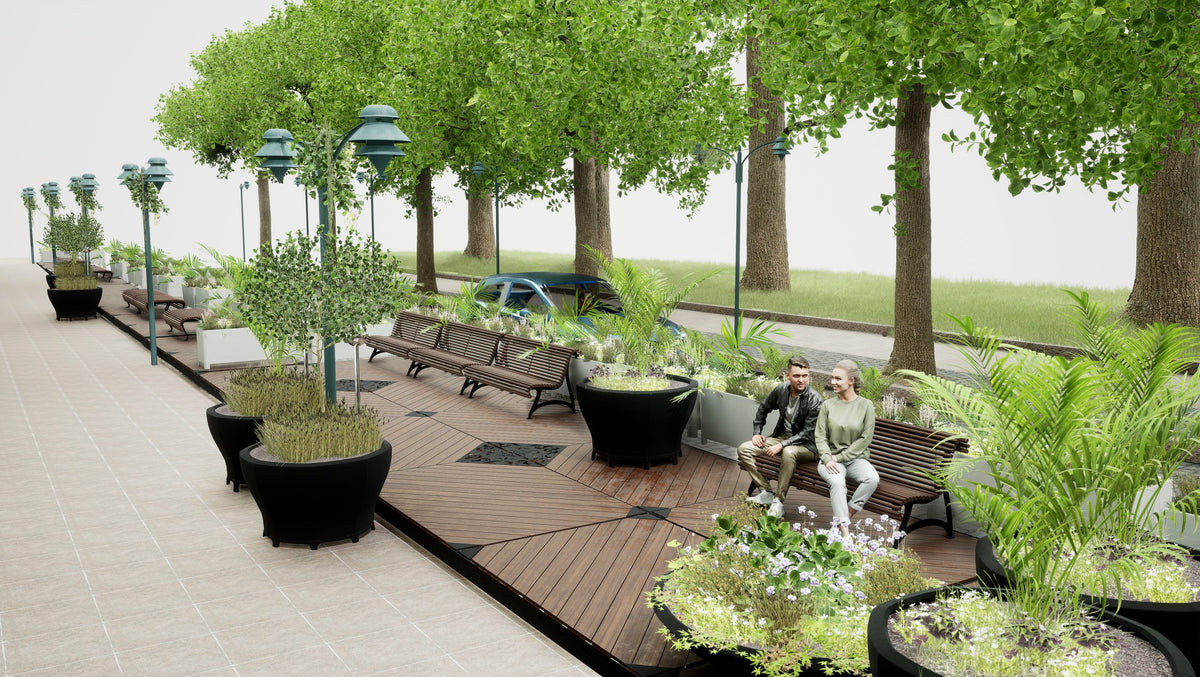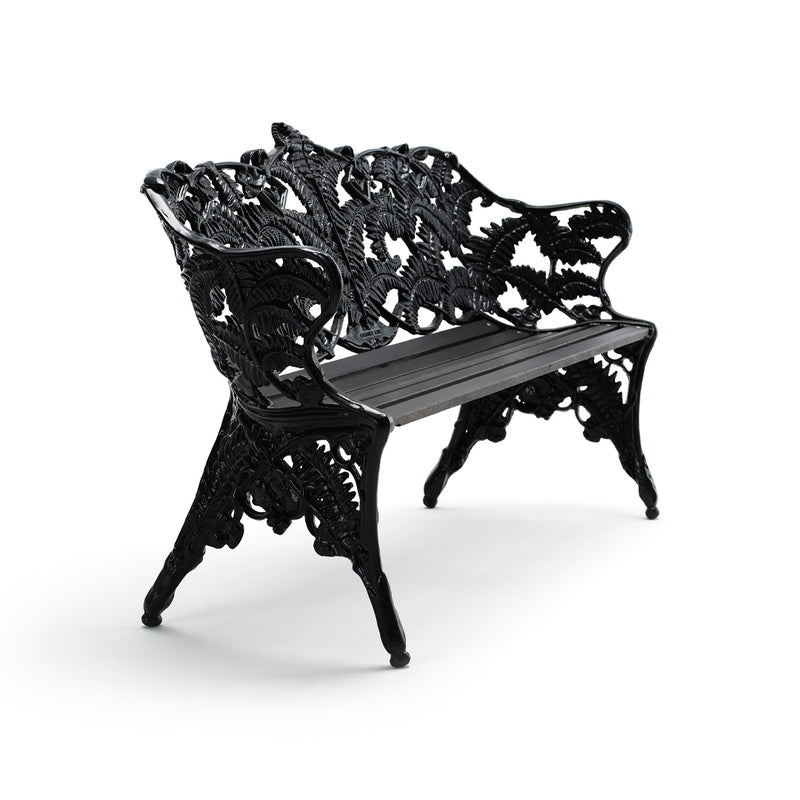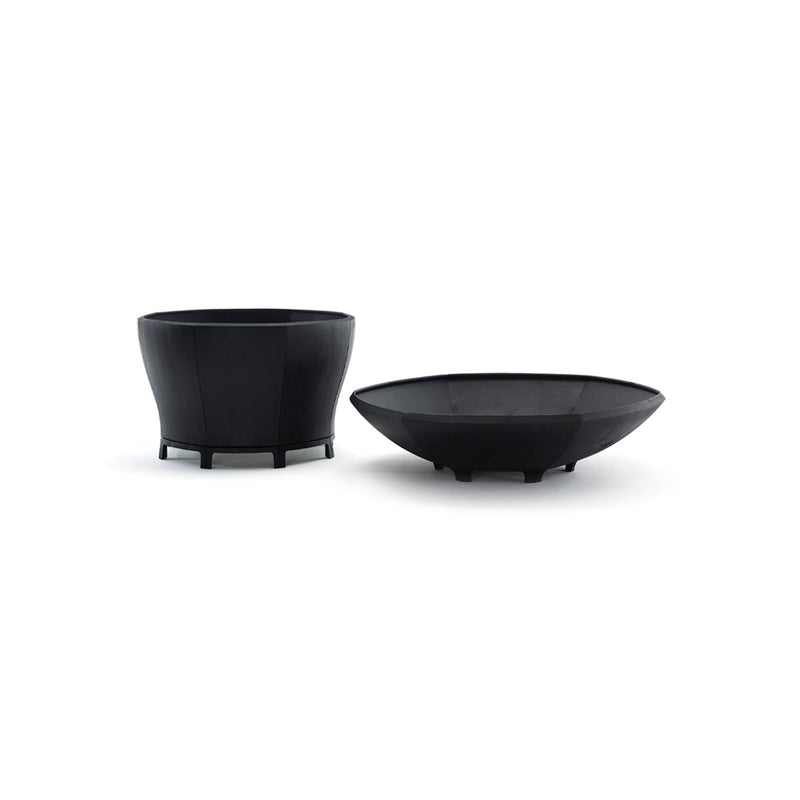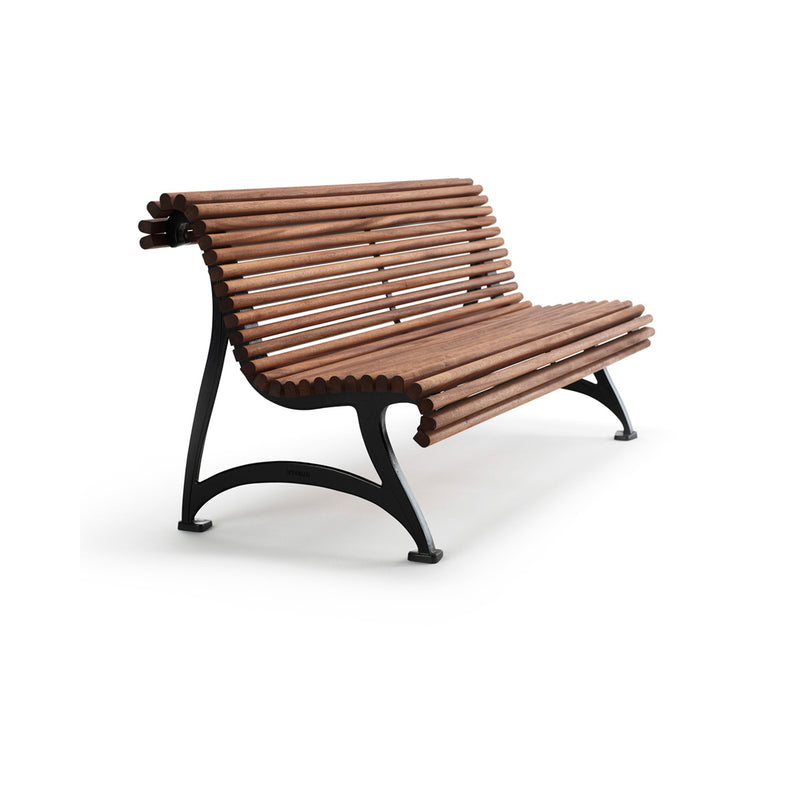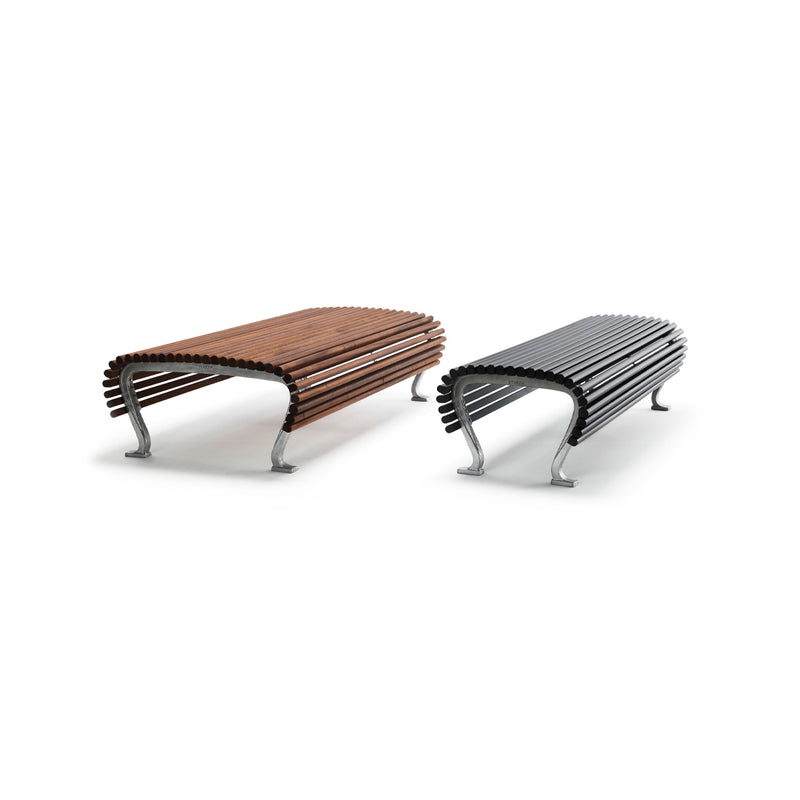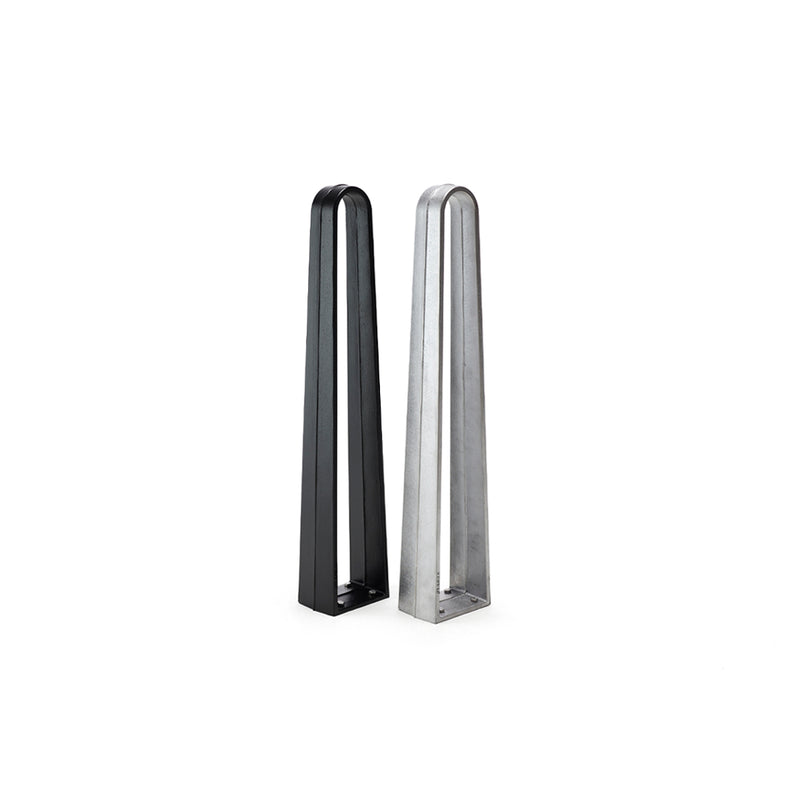Esplanadparken
Modern Urban Planning with Historical Inspiration
- Project: Esplanade Park in Helsinki
- Architect: WSP Finland ltd
- Team: Pia Salmi, Satu Niemelä-Prittinen, Emmi Turkki, Olli Hakala, Jaakko Ingerttilä, Emma Laatikainen, Harri Hemming, Aaro Sariola, and Henri Syrjö
- Products: Jujol Sofa and Bench, Classic Sofa, Arkus Bike Bollard, and Blom Planters
We create historical craftsmanship for the public spaces of the future.
Contact us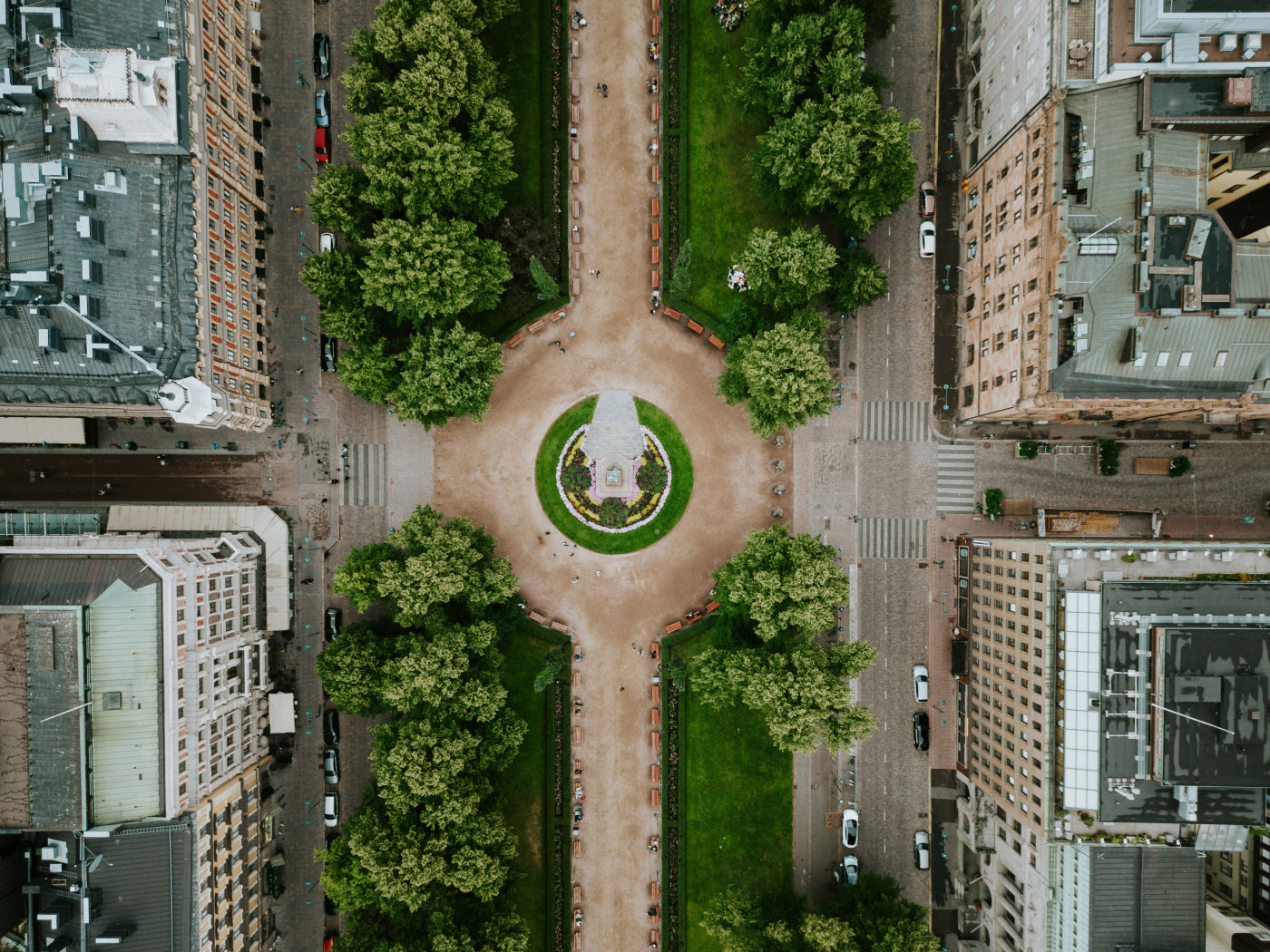
In the heart of Helsinki lies the beautiful Esplanade Park, designed by Helsinki’s chief architect Carl Ludvig Engel in the early 19th century. Running on both sides of this elongated park are two two-lane streets — the Southern and Northern Esplanades. When the City of Helsinki decided to expand the sidewalk areas, as an experiment, WSP’s Urban Design division was tasked with creating the new urban spaces.
WSP operates worldwide, with seven locations in Finland alone. Pia Salmi, project manager, and Satu Niemelä-Prittinen, landscape architect and plant and flower designer, from the Helsinki office have been involved throughout the Esplanade street experiment. Byarums Bruk had the privilege of supplying sofas, benches, planters, and bike bollards.
Helsinki, like many other cities, actively plans to reduce car traffic in the city center. In the blocks around Esplanade Park, the roads will need significant renovation in the coming years. Therefore, the city decided to conduct an experiment that will serve as the basis for further development. On both sides of Esplanade Park, there are multi-lane roads. The experiment aimed to reduce space for cars in favor of widened sidewalks, designed as inviting, green hang-outs for pedestrians. These new urban areas will remain in place until the end of 2024.
A Collaborative Process
According to Pia Salmi and Satu Niemelä-Prittinen, one of the biggest challenges of this project was the timeline. WSP received the assignment in November 2022, and the new urban areas were set to open to the public in June 2023. A design sprint was conducted, inviting both citizens, stakeholders, and local business owners for an accelerated decision-making process. Based on a well-defined mood board, everyone was allowed a say in how the updated Esplanade areas should be designed.
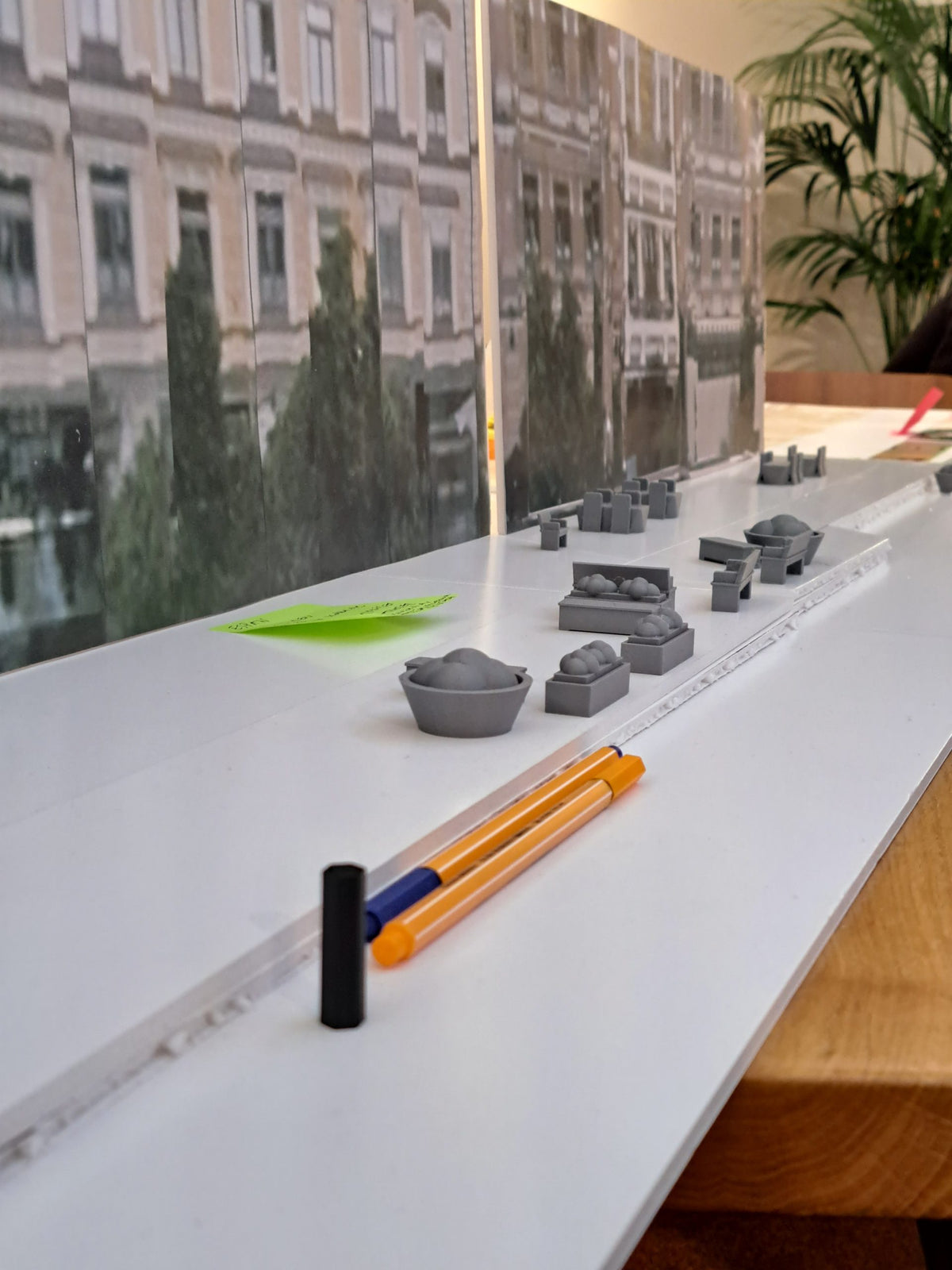 WSP held a design workshop to speed up the decision process.
WSP held a design workshop to speed up the decision process.
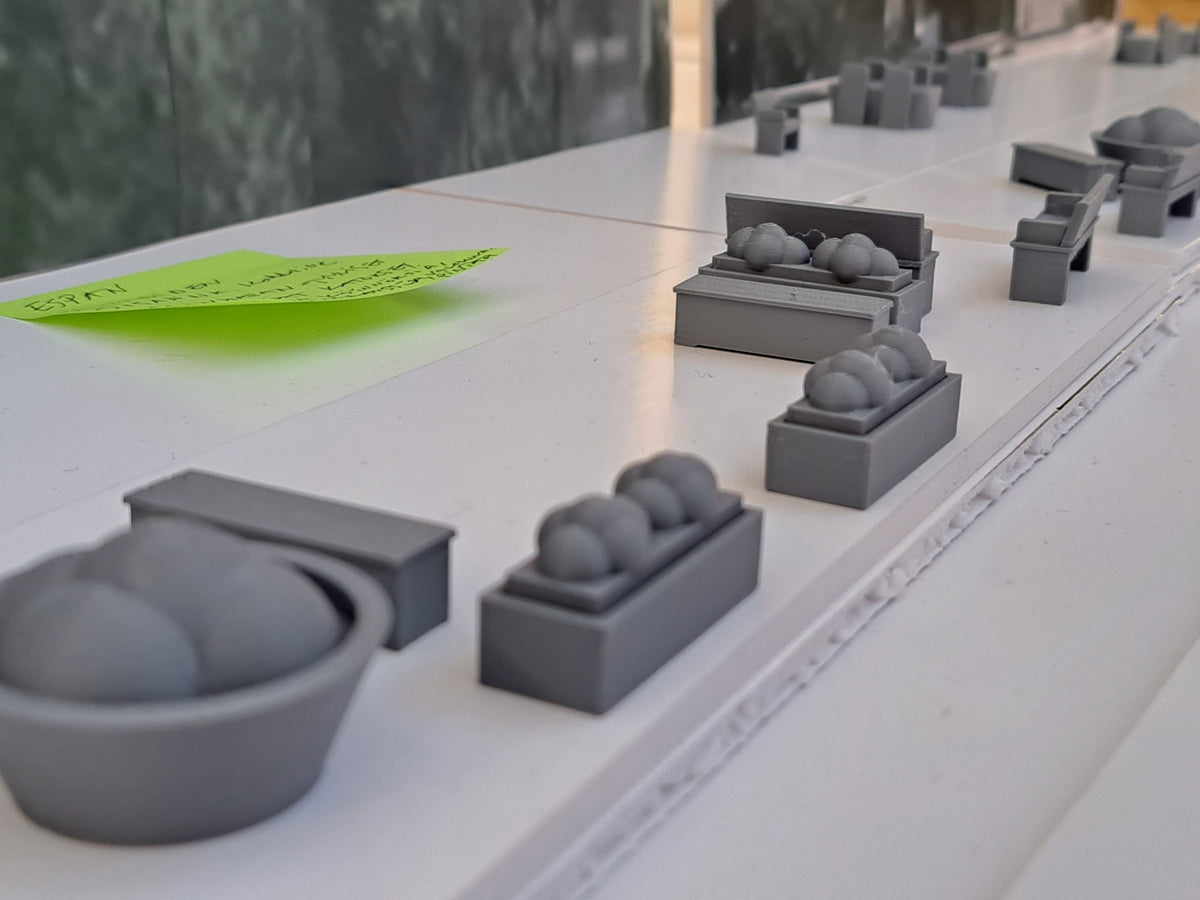
“Byarums Bruk’s products were included in our inspiration material, and the Jujol sofa and bench were clear favorites,” says Pia Salmi. Another product of interest was sofa Classic, “The Fern Sofa”, created around the same time as the Esplanade Park and still in production at Byarums Bruk. To highlight this period-appropriate design, one single Classic sofa, in gold finish, has been placed in the new pedestrian area.
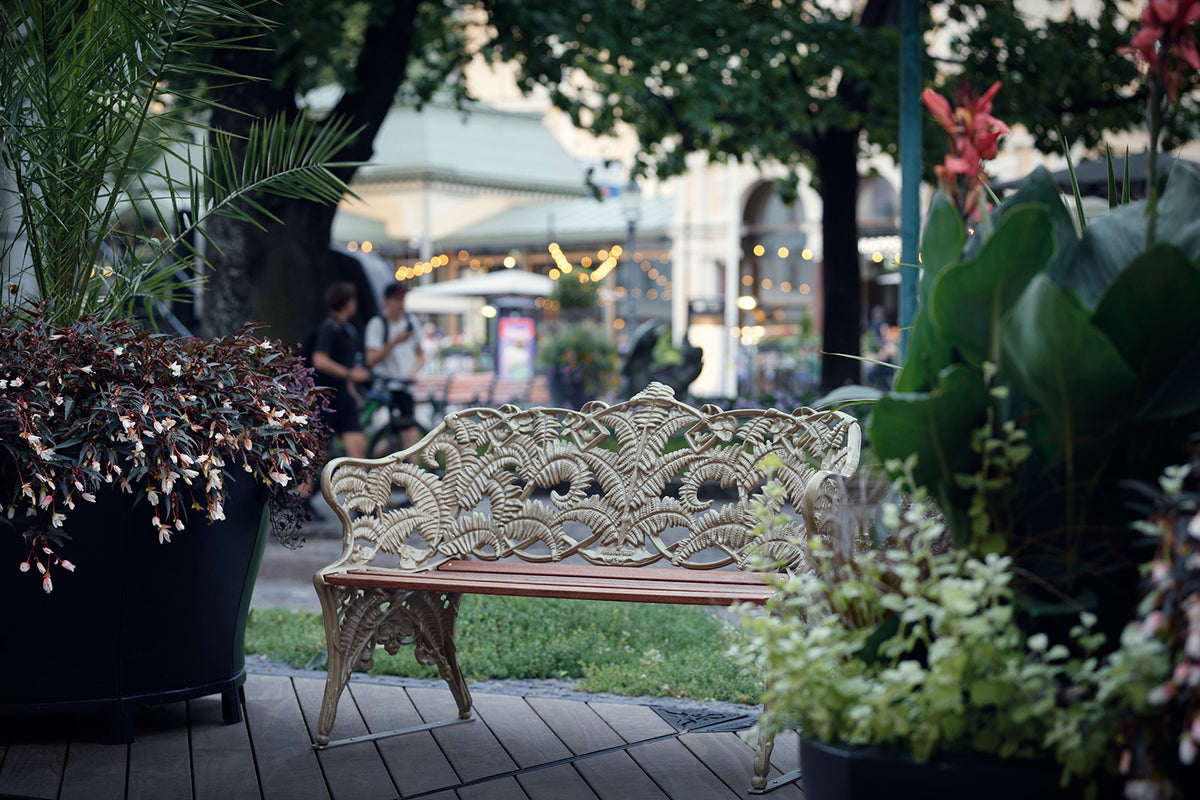
Despite an unusually short planning phase, thorough research was conducted for the selection of both furniture and plants. Throughout the project, it has been crucial to meet modern expectations for a social space in the city center, while drawing inspiration from the park’s history. Every choice of material and design is a wink at the original park and the beautiful facades of the surrounding buildings. “Building new urban areas in a historical style is not very common, but it has been a pronounced request in the the Esplanade Street Experiment”, Pia Salmi explains.
Engel’s Garden
Satu Niemelä-Prittinen has been responsible for plants and flowers, as well as garden design in the new areas. “Our goal was to create a green oasis where visitors can pause and unwind,” she explains. Satu mentions that the working title for the new urban area was “Engel’s Garden,” named after the architect of the old town area and the Esplanade park, who also took great interest in gardening. For plant selection, careful historical research was conducted. The original plantings in the Esplanade Park were influenced by European 18th-century gardens, and Helsinki City Garden had preserved lists of plants used.
A large number of planters from Byarums Bruk’s Blom series have been used in the Esplanade street experiment. During the summer, they have been filled with a mix of new and old plants, following a well-thought-out color scheme that matches the original park and the colors of the surrounding architecture. Soon, other seasonal plantings will take their place.
